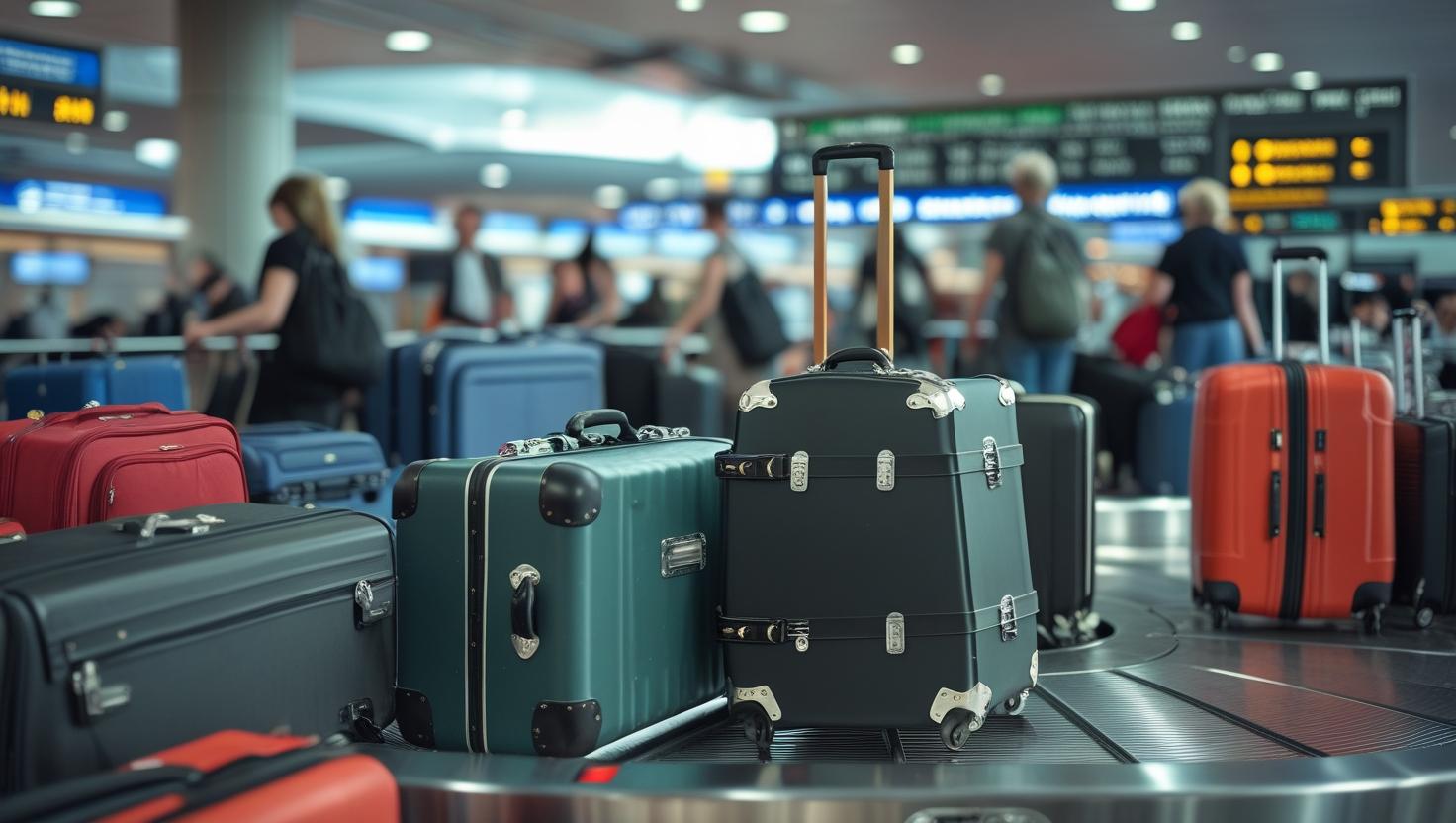Musician Travel Hacks: Taking Your Gear on the Road

Touring or travelling with your instruments can be both exciting and nerve-wracking. The thrill of performing in a new city is often matched by the anxiety of wondering whether your guitar will survive the flight, or if your keyboard will arrive in one piece. I still remember my first out-of-town gig — I was so worried about my gear that I probably spent more time checking my guitar case than my setlist.
Over the years, I’ve picked up a few reliable tricks to make travelling with instruments smoother, safer, and far less stressful.
1. Invest in Quality Cases
Your case is your first line of defence against travel mishaps. For flights, a hard-shell case is essential. They not only protect against bumps and drops but also shield instruments from pressure changes and extreme temperatures. I once made the mistake of flying with a soft gig bag — by the time I landed, my guitar’s tuning pegs had taken a beating, and one was bent beyond repair.
Look for cases with approved locks so security staff can inspect without damaging them. Some newer models even have humidity control features — a lifesaver if you’re flying from a tropical climate to a dry one.
When I needed a flight-ready case for my bass, I headed straight to Music Planet. Their team walked me through different options, letting me test how my instrument fit before I made a decision. That extra attention gave me real peace of mind.
2. Pack Smart
Even with a good case, your packing technique matters. Use bubble wrap, foam, or even clothing to cushion delicate parts. For guitars, I like to put a soft cloth under the strings to protect the fretboard during transit.
Small accessories — picks, capos, tuners, spare cables — tend to vanish in transit if not stored properly. I keep them all in a zippered pouch inside my case so I’m never frantically digging through my bag before soundcheck.
I once forgot my capo at a gig two hours from home and had to buy a new one last-minute. Now I always keep two spares tucked in the accessory pocket.
3. Know Airline Policies
Airline rules for instruments vary wildly. Some allow guitars and violins as carry-ons, while others insist on checking them in. I’ve even flown with airlines that let me store my guitar in the crew closet — but only because I asked nicely and boarded early.
Before you book, check your airline’s website for their instrument policy. If you plan to carry on, measure your case and make sure it fits overhead bin dimensions. For oversized or fragile instruments, consider paying for priority boarding so you can secure space before bins fill up.
And always, always take photos of your gear before you hand it over for check-in — just in case you need to make a damage claim.
4. Carry Essential Spares
Strings break. Batteries die. Drumsticks snap. On the road, you don’t always have a music store nearby — and even if you do, finding your exact strings or reeds might be tricky.
I carry a small travel kit that includes:
- A spare set of strings for each instrument
- Extra picks and capos
- 9V batteries for pedals and tuners
- A mini multi-tool for quick adjustments
- Small rolls of gaffer tape (useful for everything)
This kit has saved more gigs than I can count. The last time a fellow musician broke a string mid-song, I had a replacement ready before the applause even stopped.
Final Thoughts
Travelling with instruments will always have its challenges, but with the right preparation, you can keep your gear safe and your mind at ease. A little planning goes a long way — from investing in quality cases to packing smart and carrying spares.
If you’re gearing up for your next trip and need travel-friendly equipment or protective cases you can find in any online music shop. They stock everything from rugged flight cases to compact, road-ready gear, and their advice can save you from costly mistakes on the road.
With the right strategies, your focus can stay where it belongs — on the music, not the worry.


